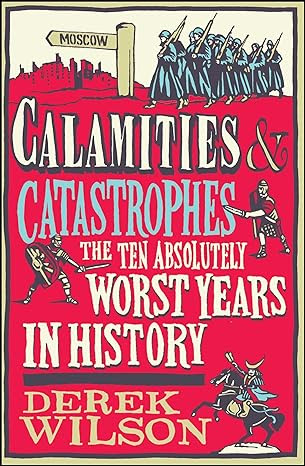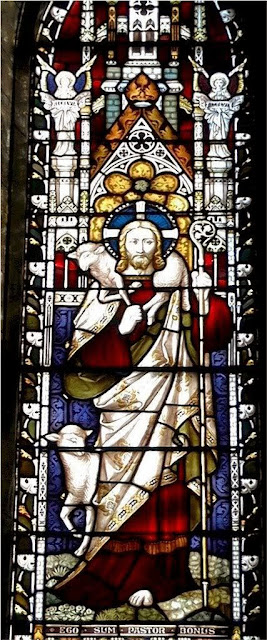A VOYAGE LONG and STRANGE: REDISCOVERING the NEW WORLD (audiobook) by Tony Horwitz

Published in 2008 by Random House Audio. Read by John H. Mayer. Duration: 17 hours, 16 minutes. Unabridged. A reconstruction of what the Viking village in Newfoundland may have looked like Tony Horwitz set out to fill in a big gap in his understanding of American history. He vaguely knew that the Vikings arrived in the New World and did something or other and he knew about Columbus' voyage in 1492 and he knew about the Pilgrims and Plymouth Rock and the First Thanksgiving in 1621, but what happened in between? Also, what about the people that were already here? Horwitz decided to find out what he didn't know and this book is a combined travelogue and history lesson. He starts with the small failed Viking settlement in Newfoundland, Canada, moves on to the Dominican Republic to learn about Columbus and comes to the United States to look at the first Spanish explorers and settlements in New Mexico and Florida. He also looks at the epic and eventually tragic expeditions of explo
















